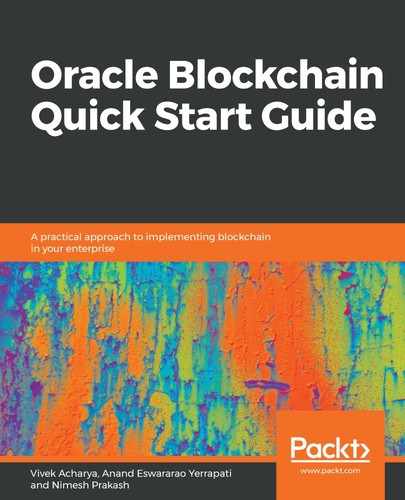In this section, we will cover digital signatures and public and private keys. In the preceding description, we saw that messages are signed by the subject. Signing a message is termed the digital signature of the message. It is the digital signature that guarantees message integrity and authentication. Authentication ensures that parties involved in a transaction are sure about the identity of the message sender or creator, and integrity affirms that the message was not modified/tampered with during transit. Hence, it is the digital signature that guarantees integrity and authentication. The transaction (message) sender will sign the message using their private key and send it to the recipient. The recipient will use the sender's public key (widely known) to verify the integrity and authenticity of the message. This means that the recipient will use the sender's public key to ensure that it was sent by the sender who is claiming to be the sender, and who is the expected sender. A combination of keys, both public and private, ensures secure communication over the blockchain network.
 Keys
by Nimesh Prakash, Anand Eswararao Yerrapati, Vivek Acharya
Oracle Blockchain Quick Start Guide
Keys
by Nimesh Prakash, Anand Eswararao Yerrapati, Vivek Acharya
Oracle Blockchain Quick Start Guide
- Title Page
- Copyright and Credits
- Dedication
- About Packt
- Foreword
- Contributors
- Preface
- Exploring Blockchain and BaaS
- Accounting system – single and double–entry
- Centralized versus distributed ledgers
- DLT and blockchain
- Accounting system – triple–entry or distributed double–entry
- Blockchain definition and analogy
- Layered structure of the blockchain architecture
- Structure of the blockchain
- Types of blockchain networks
- Blockchain platform
- Blockchain actors
- BaaS 
- Summary
- Construing Distributed Ledger Tech and Blockchain
- Challenges and opportunities of DLT
- Challenges of traditional technologies and solutions
- Design strategy
- Blockchain properties and use cases
- Types of use cases
- Exploring use cases
- Engaging with a use case
- Summary
- Delving into Hyperledger Fabric
- A glance at the Hyperledger project
- HLF – features and qualifiers
- Architecture – conceptual view
- Hyperledger architecture (layered view) and components
- Large object storage – on-chain or off-chain
- Summary
- Engage in Business Case on Blockchain Platform
- Understanding the business scenario
- Designing the solution
- Exploring OBP
- Features and components of OBP
- Rich history database with OBP
- Summary
- Managing Solutions on Oracle Blockchain Platform
- Developing Solutions on Oracle Blockchain Platform
- Other Books You May Enjoy
Keys
-
No Comment
..................Content has been hidden....................
You can't read the all page of ebook, please click here login for view all page.